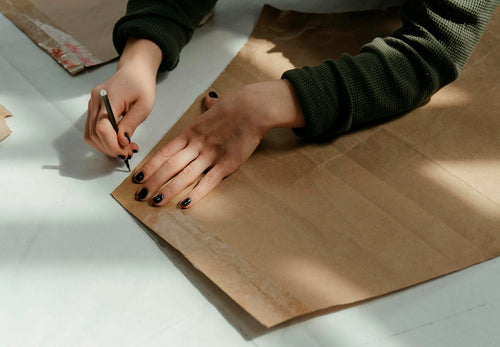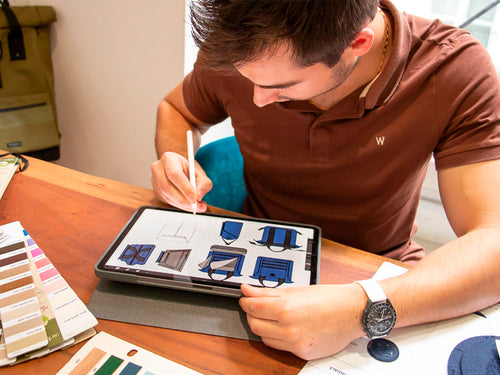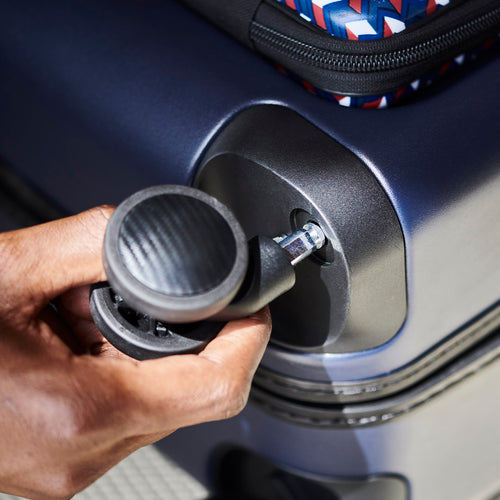Cart
0
Your cart is empty.
Discover our collection
Selection for you

Discover our vibrant new collection!

The Feebles reimagine our iconic products in a limited collection.
Discover our vibrant new collection!
Our Bright Colours Collection brings a burst of spring to your everyday life and holidays with colourful backpacks and floral designs. Explore the full collection now!

The Feebles reimagine our iconic products in a limited collection.
The creative studio The Feebles reinvents our icons with brushstrokes. A limited-edition collection of artworks, available online and in stores.







At CABAIA, no bag is left behind!
When backpacks are returned to us under warranty, we give them a second life through our in-house repair workshop and the skilled hands of our two passionate seamstresses.
After sorting and analyzing the small defects, the backpacks are carefully repaired: sometimes we sew, sometimes we replace defective parts, and sometimes we change straps...Whatever the identified issue, the backpacks are lovingly restored before being re-labeled and put back on sale at a discounted price, ready to embark on a new adventure!
For backpacks that can't be repaired, they are sent for recycling with one of our partners, where they are transformed to offer a second life.
Each year, over 3,700 bags are repaired and resold at our second-hand corners.


Secure payment methods
on bags and luggage
check conditions
Monday to Friday from 10 am to 6:30 pm